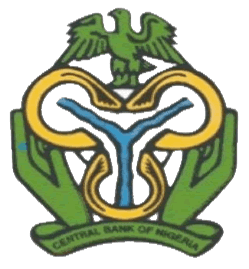Structure of Nigeria's Foreign Exchange Market
FX Structure | FX Mgt Before Now. | FX Mkt | Debt Conversion | Exchange Rate Policy | Movement in Reserves | International Payments | Reserve Management
The Nigerian foreign exchange market has witnessed tremendous changes. The Second-tier Foreign Exchange Market (SFEM) was introduced in September 1986, the unified official market in 1987, the autonomous Foreign Exchange Market (AFEM) in 1995, and the Inter-bank Foreign Exchange Market (IFEM) in 1999. The Retail Dutch Auction System (RDAS), Wholesale Dutch Auction System (WDAS) and Interbank Rate System were used between 2002 and 2015. The managed floating exchange rate regime was introduced in June 2016.
Bureaux de Change were licensed in 1989 to allow access to small users of foreign exchange and to deepen the officially recognized foreign exchange market. Exchange rates in the Bureaux de Change are market driven. The foreign exchange parallel market has been in existence since the exchange control era. It has been established that scarcity in the official sector and prevailing bureaucratic procedures necessitated the growth and development of the parallel market.

 Flickr
Flickr Instagram
Instagram LinkedIn
LinkedIn